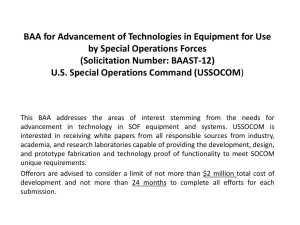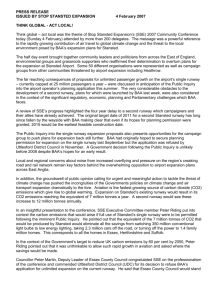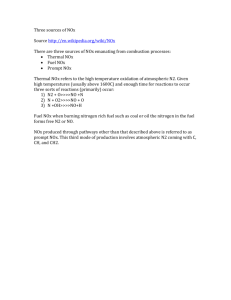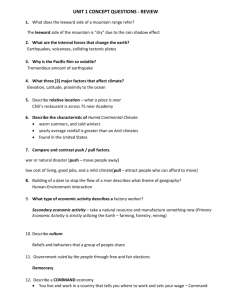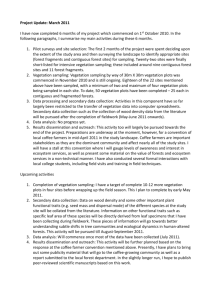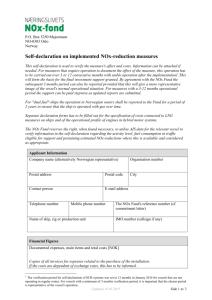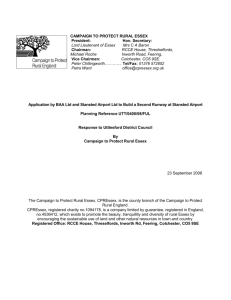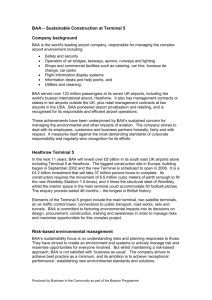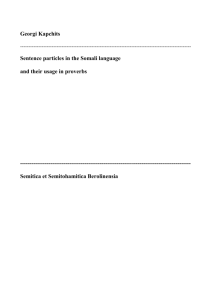National Trust Letter to Secretary of State for Communities and Local
advertisement
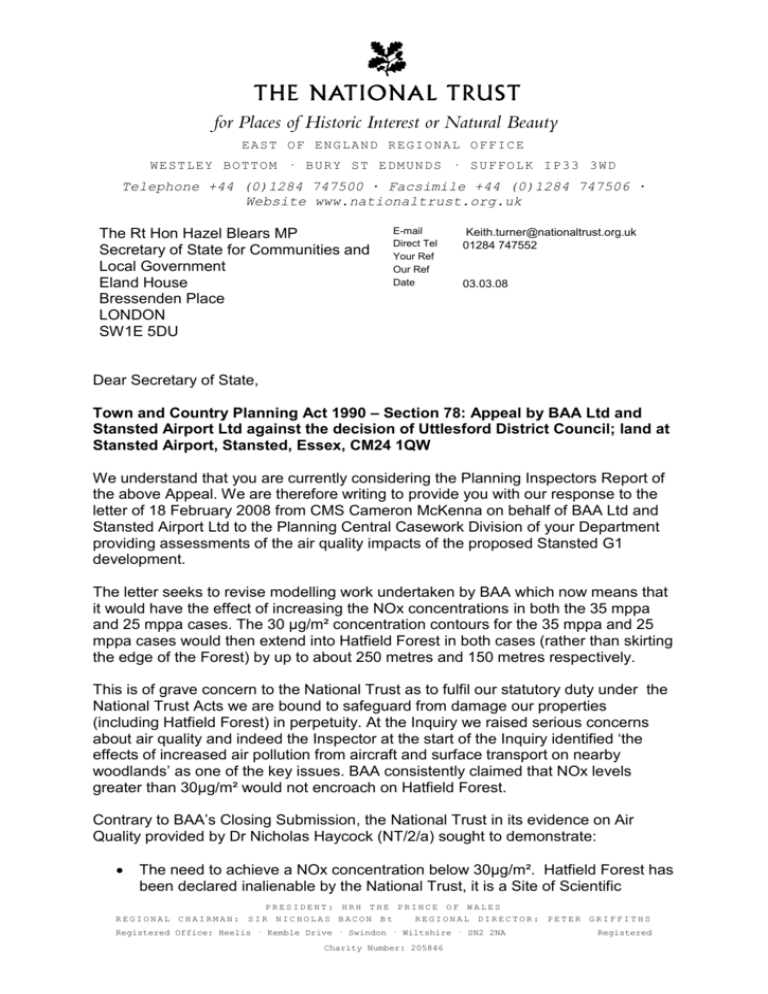
EAST OF ENGLAND REGIONAL OFFICE WESTLEY BOTTOM · BURY ST EDMUNDS · SUFFOLK IP33 3WD Telephone +44 (0)1284 747500 ∙ Facsimile +44 (0)1284 747506 ∙ Website www.nationaltrust.org.uk The Rt Hon Hazel Blears MP Secretary of State for Communities and Local Government Eland House Bressenden Place LONDON SW1E 5DU E-mail Direct Tel Your Ref Our Ref Date Keith.turner@nationaltrust.org.uk 01284 747552 03.03.08 Dear Secretary of State, Town and Country Planning Act 1990 – Section 78: Appeal by BAA Ltd and Stansted Airport Ltd against the decision of Uttlesford District Council; land at Stansted Airport, Stansted, Essex, CM24 1QW We understand that you are currently considering the Planning Inspectors Report of the above Appeal. We are therefore writing to provide you with our response to the letter of 18 February 2008 from CMS Cameron McKenna on behalf of BAA Ltd and Stansted Airport Ltd to the Planning Central Casework Division of your Department providing assessments of the air quality impacts of the proposed Stansted G1 development. The letter seeks to revise modelling work undertaken by BAA which now means that it would have the effect of increasing the NOx concentrations in both the 35 mppa and 25 mppa cases. The 30 μg/m² concentration contours for the 35 mppa and 25 mppa cases would then extend into Hatfield Forest in both cases (rather than skirting the edge of the Forest) by up to about 250 metres and 150 metres respectively. This is of grave concern to the National Trust as to fulfil our statutory duty under the National Trust Acts we are bound to safeguard from damage our properties (including Hatfield Forest) in perpetuity. At the Inquiry we raised serious concerns about air quality and indeed the Inspector at the start of the Inquiry identified ‘the effects of increased air pollution from aircraft and surface transport on nearby woodlands’ as one of the key issues. BAA consistently claimed that NOx levels greater than 30μg/m² would not encroach on Hatfield Forest. Contrary to BAA’s Closing Submission, the National Trust in its evidence on Air Quality provided by Dr Nicholas Haycock (NT/2/a) sought to demonstrate: The need to achieve a NOx concentration below 30μg/m². Hatfield Forest has been declared inalienable by the National Trust, it is a Site of Scientific PRESIDENT: HRH THE PRINCE OF WALES REGIONAL CHAIRMAN: SIR NICHOLAS BACON Bt REGIONAL DIRECTOR: PETER GRIFFITHS Registered Office: Heelis · Kemble Drive · Swindon · Wiltshire · SN2 2NA Charity Number: 205846 Registered Interest and a National Nature Reserve. All these designations have been conferred on the property in order to safeguard it for the future. The World Health Organisation (WHO 2000) identified 30μg/m² as an annual mean of NOx above which vegetation is damaged. Elevated levels of NOx are therefore in direct contravention of the designations made by the British Government. That below the 30μg/m² NOx limit it is likely to be causing harm to the vegetation. These NOx limit values are based on extensive experimental research. However, crop plants are the most commonly used vegetation in such experiments, mainly due to the associated commercial value. Species such as mosses (bryophytes) and lichens are particularly sensitive to air pollution as they depend on absorption from the atmosphere for their nutrient supply, do not have protective waxy cuticle and cannot close their stomata like woody vegetation. For this reason, the concentrations of NOx that may result in damage to mosses, lichens and other vulnerable plants, like veteran trees, is less than the 30μg/m² general vegetation limit. That there are effects on the vegetation. The impacts of unnatural levels of atmospheric NOx on plants (including bryophytes) can be visible in terms of damage to leaves. This takes the form of physical damage to the stomata cells, which then results in the death of the leaf or a portion of it. NOx concentrations even if they do not physically damage the stomata cells themselves, can interfere with the activity of these cells by disrupting the gas exchange processes within them. This disruption suppresses photosynthesis rates which over short time periods can have implications for the health of plants and their viability. For older or weaker plants there can be further implications for hydration and infection. BAA claim that no evidence was introduced to explain the likely effect on vegetation as a result of the proposed development. This is clearly untrue as you can see above. Also BAA in their Deed of Unilateral Undertaking in Part 14 dealing with Obligations relating to Nature Conservation (Para 1 & 2) obviously have concerns about damage to vegetation related to the 30μg/m² limit as they have suggested that they need to undertake a study of the effects of air pollution on the flora and fauna in Hatfield Forest and any consequent compensation arising from it. It is clear to the National Trust that the Inspector and the Rule 6 parties have been unintentionally misled by the BAA evidence on Air Quality at the Public Inquiry. We would therefore support Stop Stansted Expansion in their request for further information and seek your views as to how the new evidence provided by BAA can best be dealt with in a way which is fair and equitable and which ensures that the new evidence and its implications thereof can be properly tested. We would welcome your views on this matter. Yours sincerely, Keith M Turner Area Manager - Essex, Herts & Suffolk
